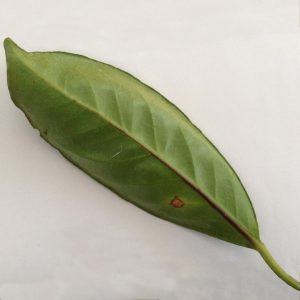Common Tree Snake (Dendrelaphis punctulata)
After having been absent from Paluma for a short while, I returned home to find a very scaly squatter had taken up residence on my back verandah. A common tree snake was resting comfortably, having wrapped itself around the wooden beam of the verandah above my back door!
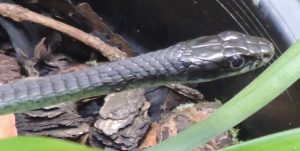
This new resident was not particularly impressed with me and was perturbed by the movement and vibration associated with my homecoming. It soon moved off into the pot plants and then back to the rainforest, being harangued by several honeyeaters during its return to the forest.
Common tree snakes are regular visitors to Paluma gardens and homes. This specimen was grey-blue in colour and was probably a young snake, being about 70cm in length. Adult snakes can grow up to 1.8m in length. Common tree snakes are very agile climbers and are usually active during the day. They range in colour from black, grey, green and blue, usually with yellow or paler-coloured bellies. They have excellent vision, which is not surprising considering the large shiny black eyes on this individual. Common tree snakes are non-venomous and they feed mainly on frogs and small lizards. This might explain why the green frog that usually lives on my verandah has disappeared!
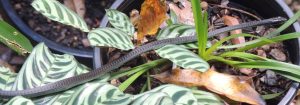
Text & Photos by Michele Bird

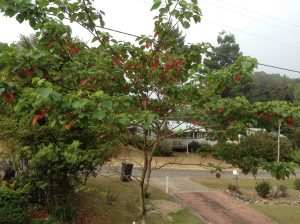


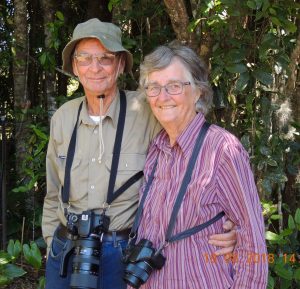
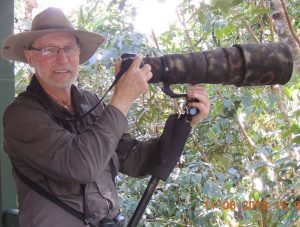
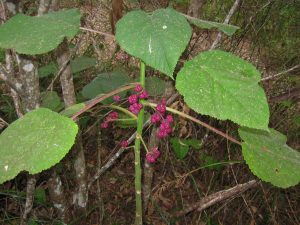
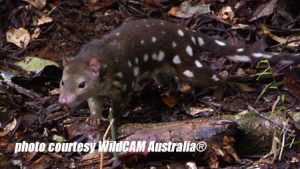 For the past 9 months, the Australian Quoll Conservancy has been surveying the Paluma area in search of Spotted-tailed Quolls, presumed extinct in the area since the 1930’s however confirmed sighting reports have floated in the 60’s as well in 1984.
For the past 9 months, the Australian Quoll Conservancy has been surveying the Paluma area in search of Spotted-tailed Quolls, presumed extinct in the area since the 1930’s however confirmed sighting reports have floated in the 60’s as well in 1984.

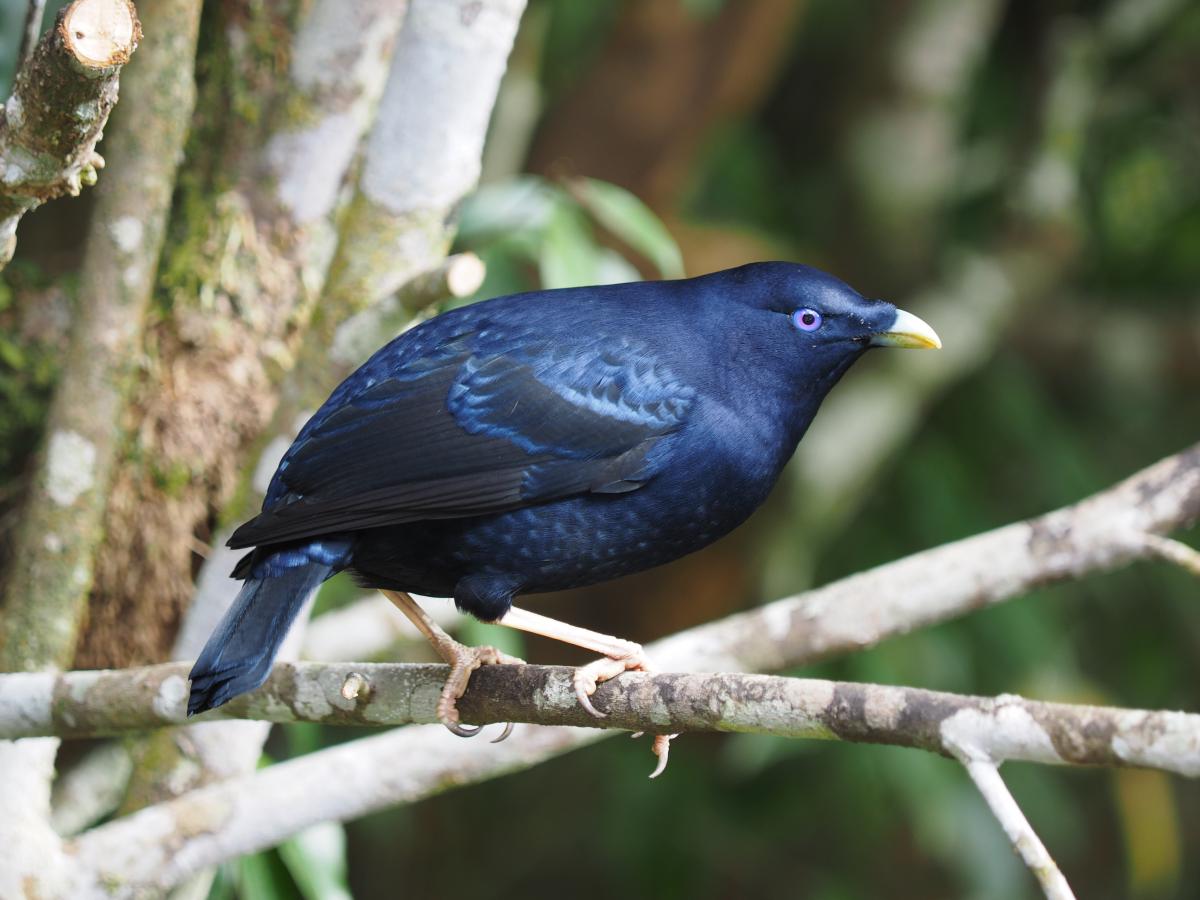
.jpg)
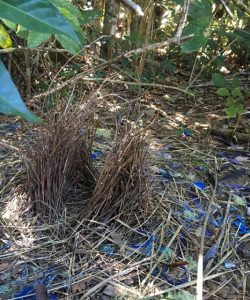
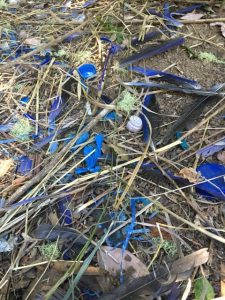
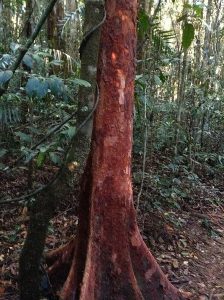 is one rainforest tree that can be unmistakably recognised by its bark. The bright red/orange papery bark stands out like a glowing beacon in the surrounding greens of the forest. The flakes of bark are thin, soft and translucent.
is one rainforest tree that can be unmistakably recognised by its bark. The bright red/orange papery bark stands out like a glowing beacon in the surrounding greens of the forest. The flakes of bark are thin, soft and translucent.
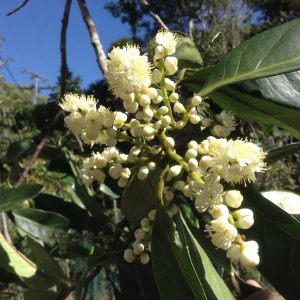 When in bloom, usually any time from April through June, the White Hazelwood tree (Simplocos chinchinensis,) is eye-catching crowned with a dense display of fluffy, white flower panicles. The flowers have a delicate fragrance and attract insects and birds. One of these trees is at present (early June) in full bloom and may be seen at the southern gate of the High Ropes course. There are several of these trees scattered around the village and along the sides of the Ridge Road near Paluma. Not all are yet in bloom.
When in bloom, usually any time from April through June, the White Hazelwood tree (Simplocos chinchinensis,) is eye-catching crowned with a dense display of fluffy, white flower panicles. The flowers have a delicate fragrance and attract insects and birds. One of these trees is at present (early June) in full bloom and may be seen at the southern gate of the High Ropes course. There are several of these trees scattered around the village and along the sides of the Ridge Road near Paluma. Not all are yet in bloom.